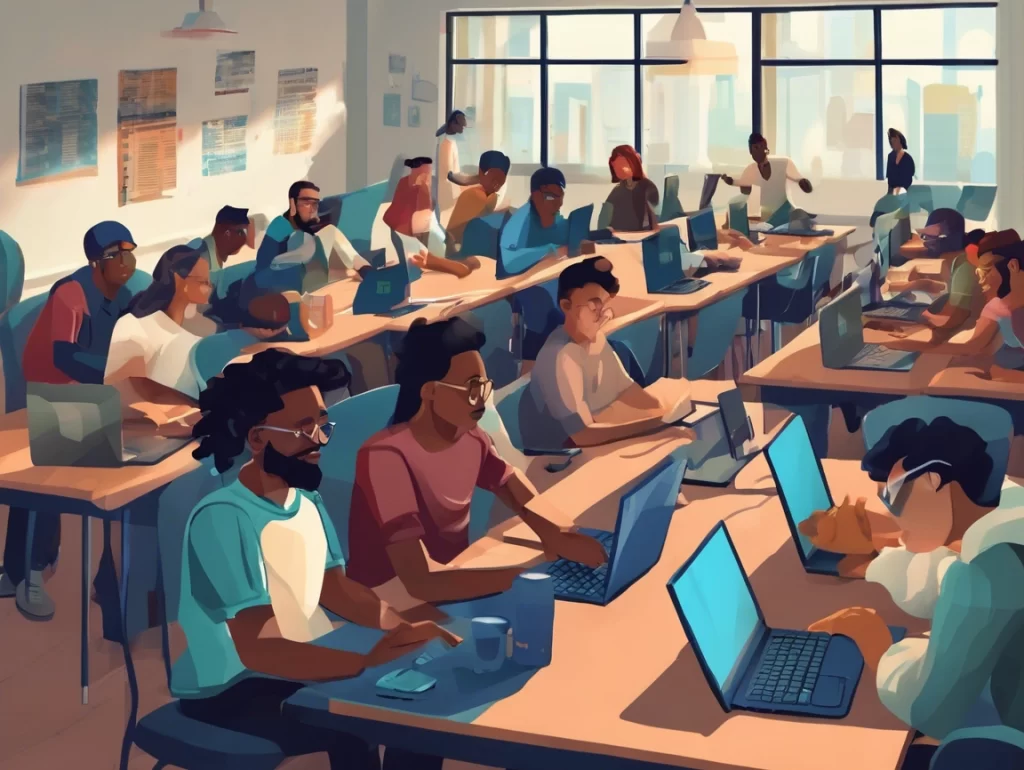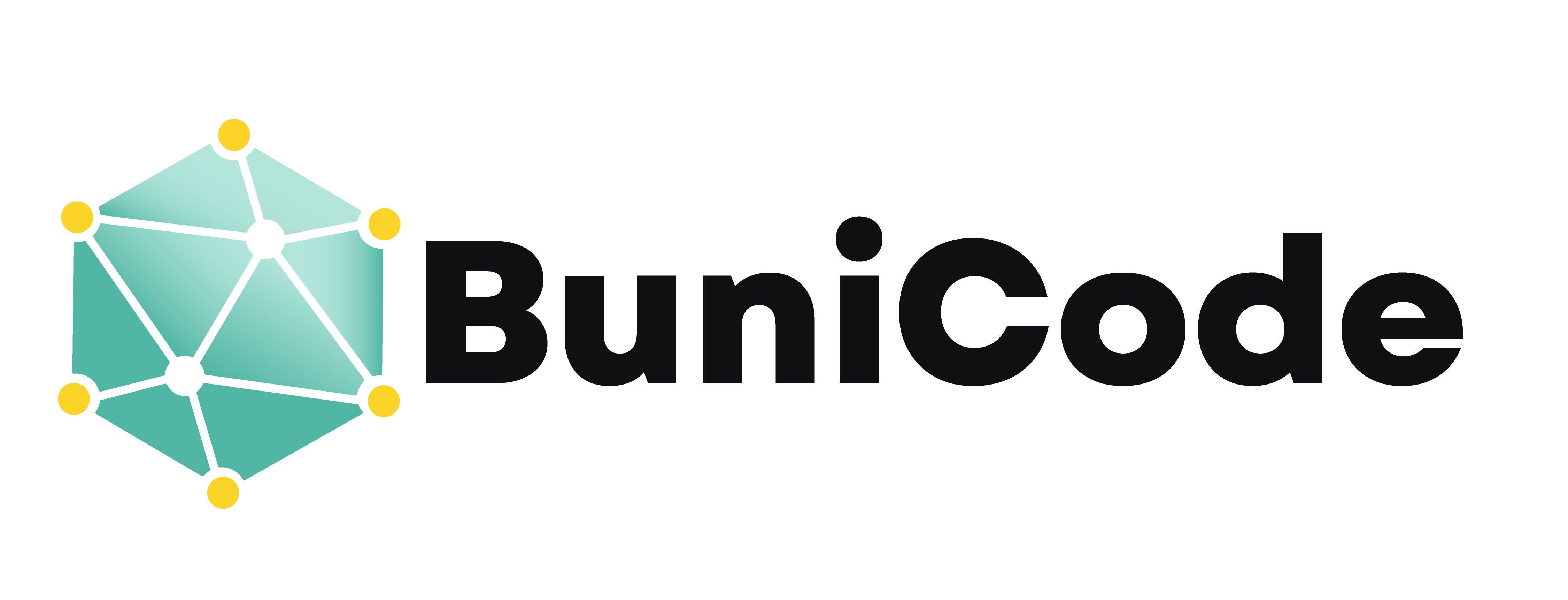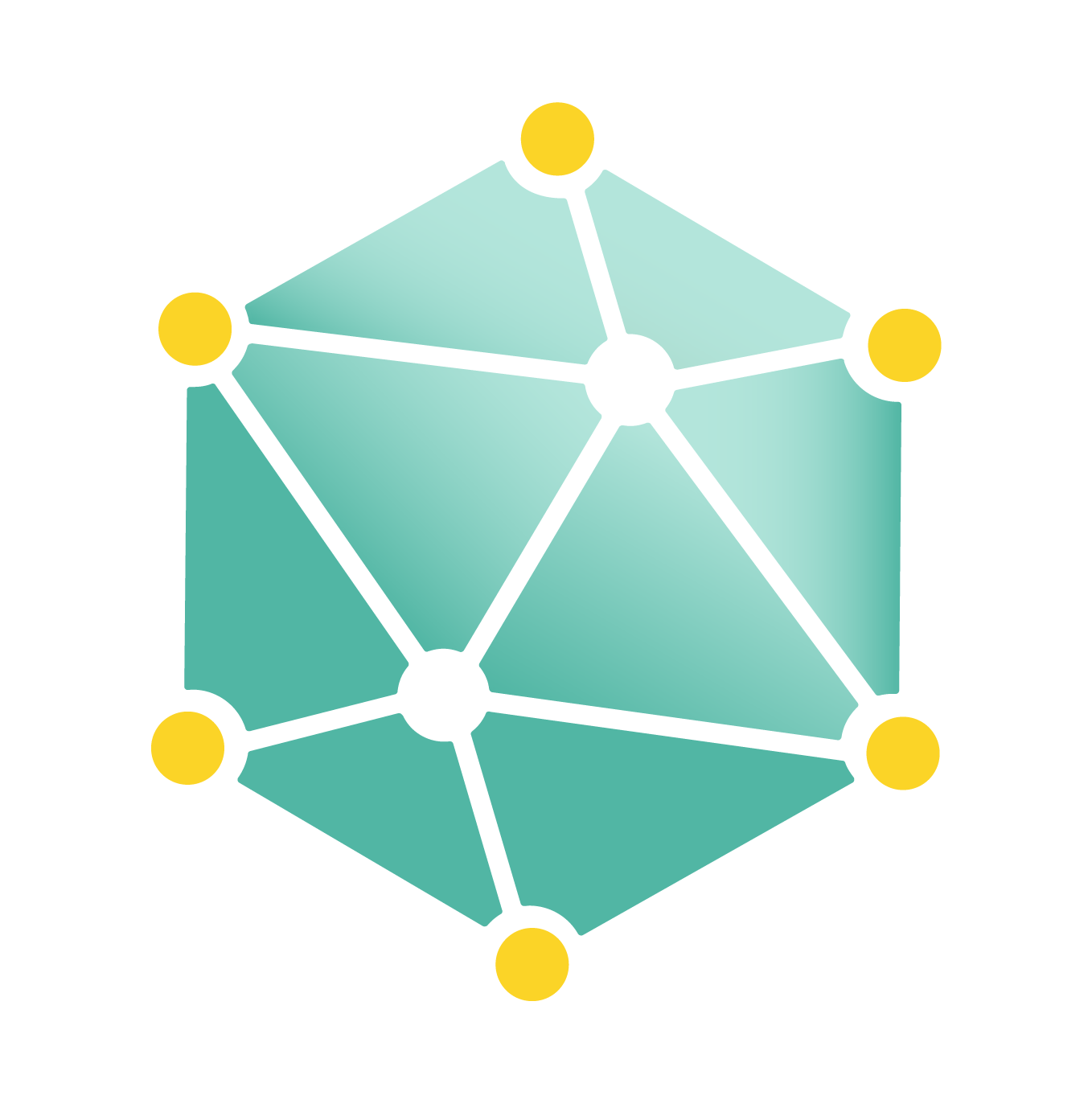
In the age of digital innovation, becoming a software developer is one of the most rewarding and in-demand career paths. But if you’re considering entering this field, one of the first questions you may ask is: What education is needed to become a software developer?
The answer isn’t as straightforward as you might think. While a traditional computer science degree is one route, it’s no longer the only one. Let’s explore the various educational paths, essential skills, and practical experiences that can lead to a successful career in software development.
1. Traditional Path: Computer Science Degree
A Bachelor’s degree in Computer Science (CS) is still the most recognized and comprehensive way to become a software developer. It provides a strong foundation in:
- Programming languages (C++, Java, Python, etc.)
- Data structures and algorithms
- Operating systems and computer architecture
- Software engineering principles
- Mathematics and logic
This path often includes internships, group projects, and research opportunities, all of which prepare you for real-world software development jobs.
Pros:
- Structured and in-depth learning
- Access to campus resources and networking
- Recognized by most employers
Cons:
- Time-intensive (3–4 years)
- Can be expensive
2. Alternative Path: Coding Bootcamps
Coding bootcamps are short, intensive programs (usually 3 to 12 months) focused on teaching practical coding skills and tools needed for entry-level developer roles.
What you learn:
- Full-stack web development
- Frontend and backend frameworks
- Version control (Git)
- Agile methodologies
Pros:
- Fast and focused
- Career support and job placement services
- Great for career switchers
Cons:
- Limited in theory and fundamentals
- Can be expensive without financial aid
3. Self-Taught Developers
Many successful developers are self-taught, leveraging online resources like:
- FreeCodeCamp
- Codecademy
- Coursera / edX
- YouTube tutorials
- GitHub projects
Self-taught developers often build portfolios of personal or freelance projects to demonstrate their skills to employers.
Pros:
- Flexible and often free
- Learn at your own pace
Cons:
- Requires high self-discipline
- May lack theoretical depth
- Harder to prove credibility without experience or a portfolio
4. Associate Degrees and Tech Diplomas
Community colleges and technical schools offer 2-year associate degrees in software development or IT. These provide a blend of practical skills and foundational knowledge, often including certifications.
5. On-the-Job Training and Internships
Many companies offer internships or apprenticeship programs where you learn on the job. This is a great option for hands-on learners who want to build real-world experience.
Key Skills Every Software Developer Needs Regardless of your educational background, you’ll need to develop the following skills:
- Proficiency in at least one programming language
- Understanding of data structures and algorithms
- Problem-solving and debugging
- Version control systems (like Git)
- Software development lifecycle knowledge
- Communication and collaboration (especially in Agile teams)
Certifications That Help While not mandatory, certifications can boost your credibility:
- Microsoft Certified: Azure Developer Associate
- AWS Certified Developer
- Oracle Certified Java Programmer
- Certified Kubernetes Application Developer (CKAD)
These keywords help the article rank for individuals researching software development as a career path.
There is no single “correct” educational path to become a software developer. Whether you pursue a computer science degree, attend a bootcamp, or teach yourself online, the key is to gain the right skills, build real projects, and stay curious.
At BuniCode, we believe in the power of practical experience and continuous learning. Our team is made up of developers from diverse backgrounds, all united by their passion for solving complex problems and building great software.
💻 Thinking of becoming a software developer? Start building today — and if you need a tech partner or mentor, we’re here to help.



